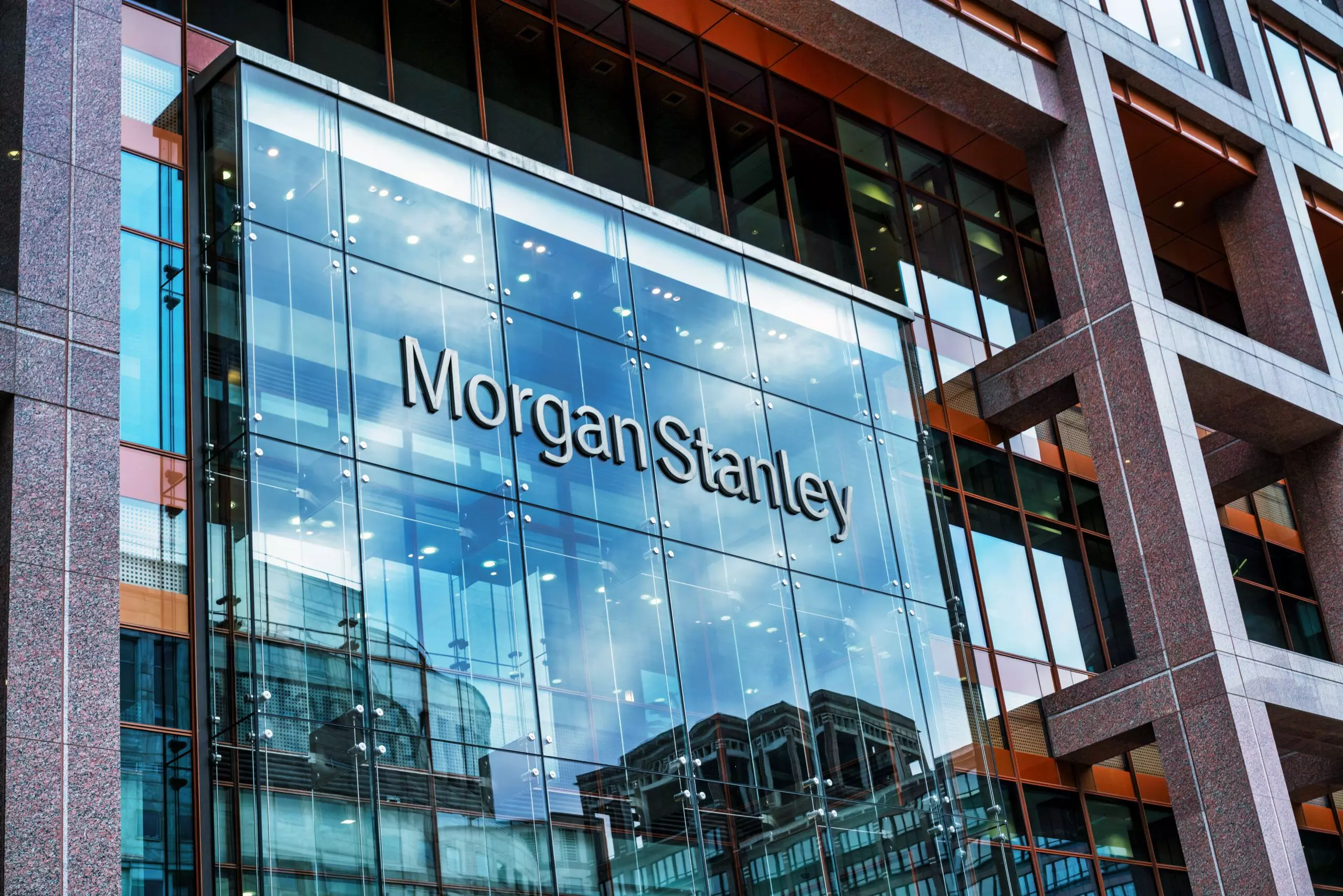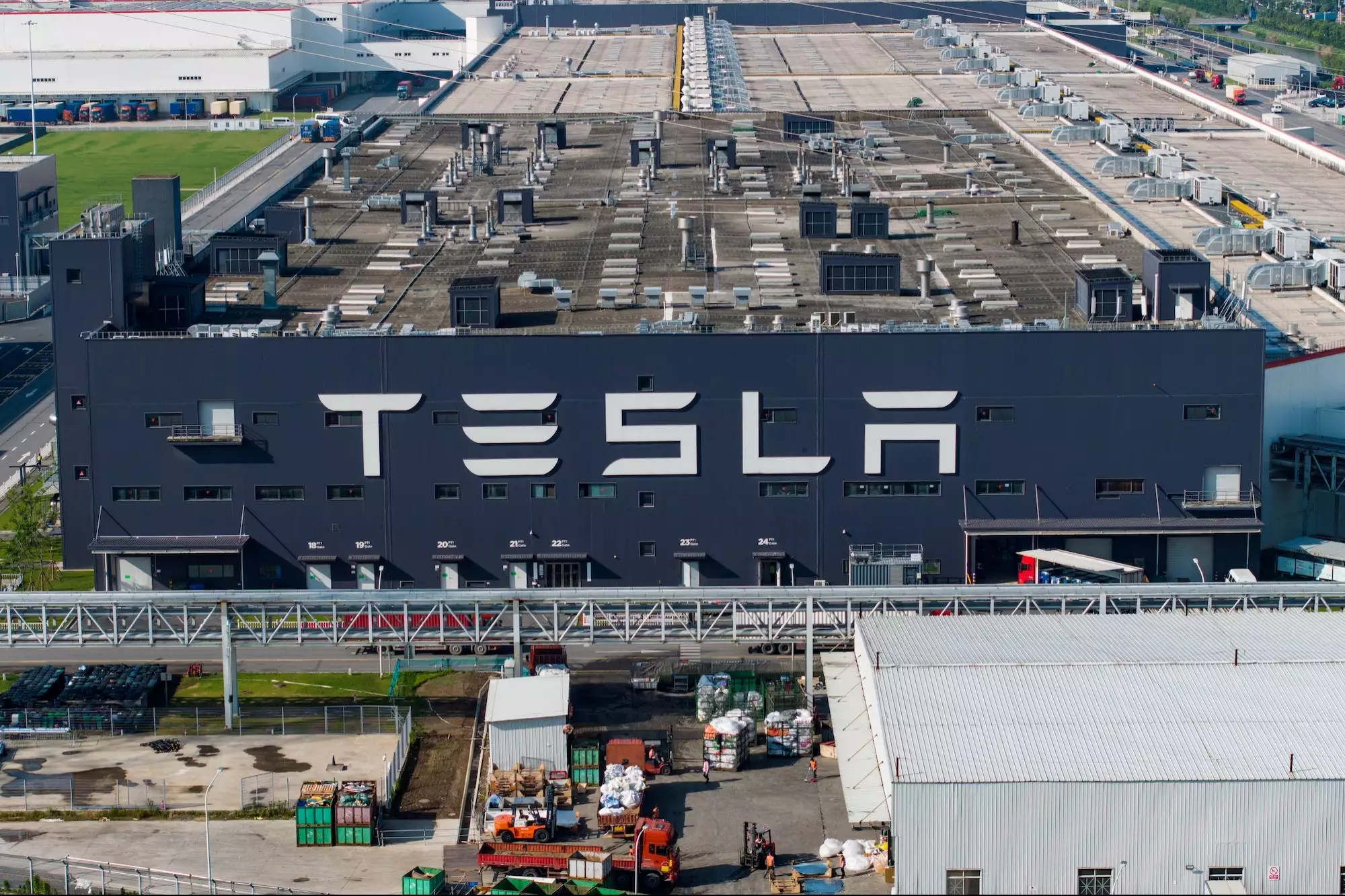The outlook for First Republic Bank appears bleak as the institution grapples with significant challenges.
The bank’s stock plummeted by approximately 75% over the course of this week, following a disappointing first-quarter earnings report published on Monday. This report rekindled Wall Street’s fears of a potential banking crisis, triggering a mass exodus of First Republic shares. Although a slight recovery on Thursday hinted at investor hope for a possible intervention to rescue the troubled lender, the situation ultimately worsened.
A source familiar with the bank’s management informed CNN on Friday that the White House currently has no plans to rescue the struggling lender. This dashed hopes of a government intervention. Reports indicating that the bank is likely to face a default under the Federal Deposit Insurance Corporation (FDIC) began to emerge, shattering any optimism that private sector assistance might be on the horizon. Consequently, the bank’s stocks plummeted by approximately 37%.
The outcome of the bank’s fate remains uncertain. While there was a possibility of a collapse occurring on Friday, a day historically associated with financial institution failures, it could unfold on any other day. Alternatively, the bank might manage to weather the turbulence.
Yet, survival seems improbable without a lifeline. Last month, the bank received around $100 billion in support from major banks when the collapses of Silicon Valley Bank and Signature Bank triggered a rush of investors and depositors away from regional banks, casting doubt on the overall health of the financial sector.
First Republic’s shares have fallen by roughly 97% this year.
Early Signs of Trouble First Republic encountered its initial troubles this week after reporting a 41% drop in total deposits during the first quarter, amounting to $104.5 billion. Analysts had anticipated deposits to be around $136.7 billion.
In a 13-minute earnings conference call, CEO Michael Roffler attempted to reassure alarmed shareholders by asserting that deposit activity had stabilized since the end of March.
Around two-thirds of First Republic’s deposits were not insured by the FDIC when the banking turmoil took hold in March. This was a decrease from 94% at Silicon Valley Bank. However, by the end of 2022, First Republic had a substantial ratio of 111% for long-term loans and investments to deposits, according to S&P Global. In essence, the bank had lent and invested more money than it held in deposits, leaving it susceptible to liquidity risks.
Roffler stated during the bank’s earnings call that the bank had twice the available liquidity from uninsured deposits by April 4, excluding the $30 billion received from major banks.
Despite this, investors remained jittery, triggering a significant sell-off. First Republic’s stocks plunged by 50% on Tuesday and experienced fluctuations in the subsequent days.
Behind the scenes, First Republic hastily sought salvation once again. Advisors lined up potential buyers for their shares and competed to have major U.S. banks purchase the bank’s bonds, as reported by CNBC.
The stocks saw an approximately 9% increase on Thursday as investors breathed a sigh of relief after other banks reported earnings without additional bad news. However, they quickly plummeted once more.
Déjà Vu First Republic’s struggle for survival comes just over a month after the collapse of Silicon Valley Bank on March 10. The government intervened by closing New York-based Signature Bank the following Sunday and moved to ensure all deposits in both lenders. The Federal Reserve established additional funds for eligible financial institutions to prevent future runs on similar banks.
Despite Wall Street largely appearing to disregard the banking turmoil and stocks performing well in the first quarter, staying relatively resilient through a tumultuous earnings season, many investors remained unconvinced that the banks were out of danger.
Part of this skepticism was due to the ongoing Fed rate hike campaign, which had heightened tensions in the banking sector. Wall Street anticipated a quarter-point rate increase at the Fed’s May meeting, with expectations of a pause or even rate reductions later in the year. However, persistent inflation concerns and rising recession fears cast uncertainty on whether the Fed would truly ease its efforts to stabilize prices.
Both legislators and investors sought answers regarding the bank collapses.
On Friday morning, federal regulators released a highly anticipated review of the missteps that led to the SVB collapse. The Federal Reserve, SVB’s primary regulator, stated in the report that it “did not fully appreciate the extent of vulnerabilities as Silicon Valley Bank grew in size and complexity” and “did not take sufficient action” to ensure the bank promptly resolved its issues.
“The contagion from the firm’s failure posed systemic consequences not contemplated by the Federal Reserve’s framework for resolution,” the Fed’s report remarked.
Michael Barr, the Fed’s Vice President of Supervision, also urged the central bank to reevaluate its regulatory and supervisory role.
On Friday, the FDIC unveiled its own review of the Signature Bank collapse, citing “poor management” and a lack of understanding of the risks associated with cryptocurrencies.







